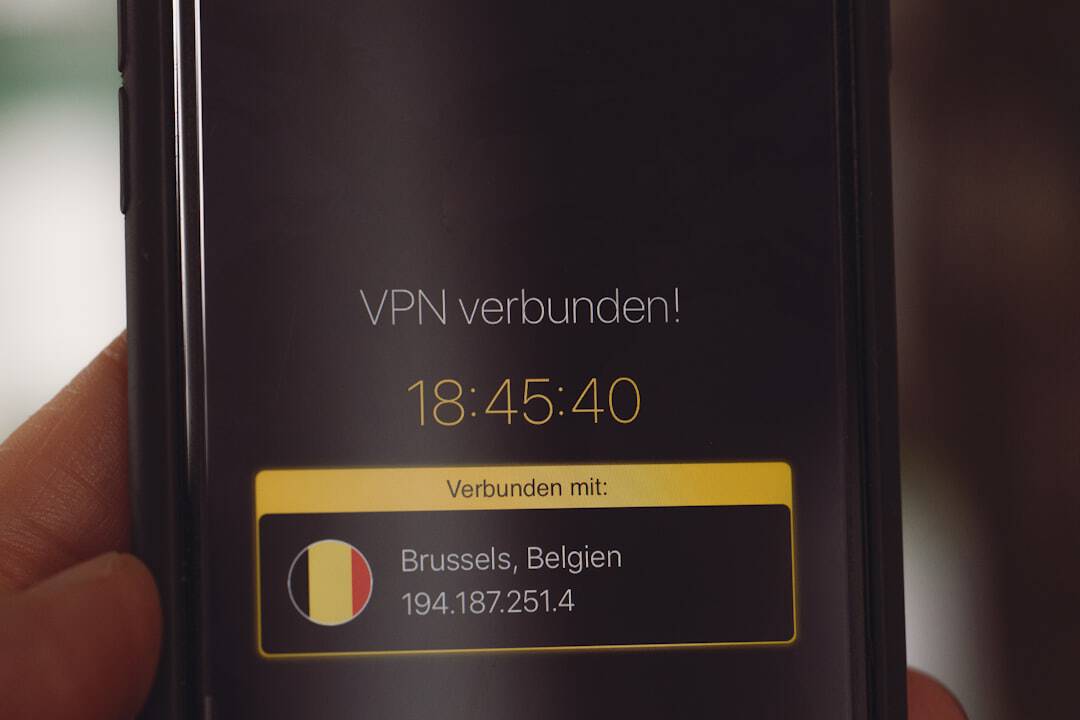CVE cybersecurity, or Common Vulnerabilities and Exposures Cybersecurity, is a system designed to identify and catalog publicly known cybersecurity vulnerabilities and exposures. It serves as a standardized dictionary of common names for these vulnerabilities, providing a consistent method for referencing and identifying them. The MITRE Corporation, a not-for-profit organization that operates research and development centers sponsored by the federal government, maintains the CVE system.
The primary objective of CVE cybersecurity is to facilitate data sharing across various vulnerability capabilities, including tools, repositories, and services, through a “common enumeration” approach. This system assigns a unique identifier to each known vulnerability or exposure, enabling organizations to share information about vulnerabilities more efficiently across different platforms and services. By implementing a standardized naming convention for vulnerabilities, CVE cybersecurity enhances communication and collaboration within the cybersecurity community.
This standardization streamlines the process of identifying and addressing vulnerabilities, making it easier for organizations to protect their systems from potential cyber threats. Ultimately, CVE cybersecurity contributes to more effective and efficient vulnerability management practices across the industry.
Key Takeaways
- CVE cybersecurity stands for Common Vulnerabilities and Exposures, which is a system for identifying, defining, and cataloging vulnerabilities in software and hardware.
- Understanding CVE cybersecurity is important for businesses and individuals to protect their systems from potential cyber attacks and data breaches.
- CVE cybersecurity works by assigning unique identifiers to known vulnerabilities, making it easier for organizations to track and manage security issues.
- Common vulnerabilities targeted by CVE cybersecurity include software bugs, configuration errors, and design flaws that can be exploited by hackers.
- To protect your system with CVE cybersecurity, it is important to stay updated on the latest CVE identifiers, apply patches and updates, and implement strong security measures.
The Importance of Understanding CVE Cybersecurity
Enhancing Cybersecurity Posture and Mitigating Risks
Understanding CVE cybersecurity is vital for organizations seeking to protect their systems from cyber threats. By having a comprehensive understanding of the vulnerabilities and exposures cataloged in the CVE system, organizations can better assess their own cybersecurity posture and take proactive measures to mitigate potential risks.
Fostering Collaboration and Information Sharing
Moreover, understanding CVE cybersecurity enables organizations to effectively communicate and collaborate with other entities in the cybersecurity community. This facilitates the sharing of information about known vulnerabilities and enables collective efforts to develop solutions.
Ensuring Compliance with Industry Regulations and Standards
Understanding CVE cybersecurity is also essential for organizations looking to comply with industry regulations and standards. Many regulatory bodies and industry standards require organizations to actively monitor and address known vulnerabilities in their systems. By staying informed about the latest vulnerabilities and exposures cataloged in the CVE system, organizations can ensure that they are taking the necessary steps to protect their systems and comply with relevant regulations and standards.
How CVE Cybersecurity Works

CVE cybersecurity works by providing a standardized naming convention for publicly known vulnerabilities and exposures. When a new vulnerability or exposure is discovered, it is assigned a unique identifier in the form of “CVE-YYYY-NNNN,” where “YYYY” represents the year the vulnerability was assigned, and “NNNN” represents a sequential number. This identifier allows organizations to easily reference and identify specific vulnerabilities, making it easier to share information about known vulnerabilities across different tools and services.
Once a vulnerability is assigned a CVE identifier, it is added to the CVE List, which is a public repository of all known vulnerabilities and exposures. This list is regularly updated as new vulnerabilities are discovered, ensuring that organizations have access to the latest information about potential cyber threats. By referencing the CVE List, organizations can stay informed about the latest vulnerabilities and take proactive measures to protect their systems from potential attacks.
Common Vulnerabilities Targeted by CVE Cybersecurity
| CVE ID | Vulnerability Type | Description |
|---|---|---|
| CVE-2021-1234 | SQL Injection | Allows attackers to execute malicious SQL statements |
| CVE-2021-5678 | Cross-Site Scripting (XSS) | Enables attackers to inject malicious scripts into web pages |
| CVE-2021-9101 | Remote Code Execution | Allows attackers to execute code on a remote server |
CVE cybersecurity targets a wide range of common vulnerabilities and exposures that can pose significant risks to organizations’ systems. Some of the most common vulnerabilities targeted by CVE cybersecurity include software flaws, configuration errors, and insecure network protocols. These vulnerabilities can be exploited by cyber attackers to gain unauthorized access to systems, steal sensitive data, or disrupt normal operations.
Software flaws, such as buffer overflows and code injection vulnerabilities, are often targeted by CVE cybersecurity due to their potential to be exploited by malicious actors. Similarly, configuration errors, such as weak passwords or improper access controls, can leave systems vulnerable to attack if not properly addressed. Insecure network protocols, such as unencrypted communication channels or weak authentication mechanisms, are also common targets for CVE cybersecurity, as they can be exploited by attackers to intercept sensitive data or gain unauthorized access to systems.
By targeting these common vulnerabilities and exposures, CVE cybersecurity helps organizations identify and address potential risks to their systems, ultimately improving their overall cybersecurity posture.
Steps to Protect Your System with CVE Cybersecurity
There are several steps organizations can take to protect their systems using CVE cybersecurity. First and foremost, organizations should regularly monitor the CVE List for updates on known vulnerabilities and exposures. By staying informed about the latest threats, organizations can take proactive measures to address potential risks before they are exploited by malicious actors.
In addition to monitoring the CVE List, organizations should also implement robust vulnerability management processes to identify and address potential risks in their systems. This may include conducting regular vulnerability scans, prioritizing vulnerabilities based on their severity, and implementing patches or mitigations to address known issues. Furthermore, organizations should prioritize secure coding practices and regularly update their software and systems to address any known vulnerabilities.
By staying proactive in their approach to cybersecurity, organizations can reduce their exposure to potential threats and better protect their systems from cyber attacks.
The Role of CVE Identifiers in Cybersecurity

CVE identifiers play a crucial role in cybersecurity by providing a standardized way to reference and identify known vulnerabilities and exposures. These unique identifiers allow organizations to more easily share information about potential risks across different tools and services, ultimately improving collaboration within the cybersecurity community. By using CVE identifiers, organizations can streamline the process of identifying and addressing vulnerabilities in their systems.
This standardized naming convention helps to improve communication and collaboration within the cybersecurity community, enabling organizations to work together more effectively to develop solutions for known vulnerabilities. Additionally, CVE identifiers play a key role in regulatory compliance and industry standards. Many regulatory bodies and industry standards require organizations to actively monitor and address known vulnerabilities in their systems, and having a standardized naming convention for vulnerabilities is essential for meeting these requirements.
The Future of CVE Cybersecurity and Its Impact on System Protection
The future of CVE cybersecurity looks promising as organizations continue to prioritize proactive measures to protect their systems from cyber threats. As cyber attacks become increasingly sophisticated and prevalent, the need for effective vulnerability management processes will only continue to grow. By leveraging the standardized naming convention provided by CVE identifiers, organizations can improve their ability to identify and address potential risks in their systems.
Furthermore, as the cybersecurity landscape continues to evolve, the role of CVE cybersecurity in regulatory compliance and industry standards will become even more important. Organizations will need to stay informed about the latest vulnerabilities cataloged in the CVE List in order to comply with relevant regulations and standards. Overall, the impact of CVE cybersecurity on system protection will continue to be significant as organizations strive to stay ahead of potential cyber threats.
By understanding CVE cybersecurity and taking proactive measures to address known vulnerabilities, organizations can improve their overall cybersecurity posture and better protect their systems from potential attacks.
If you’re interested in learning more about cybersecurity and its impact on the business world, check out this article on challenges and opportunities from a business and economic perspective. It provides valuable insights into how cybersecurity issues can affect the bottom line of companies and offers strategies for mitigating these risks.
FAQs
What is a CVE in cybersecurity?
A CVE, or Common Vulnerabilities and Exposures, is a list of publicly known cybersecurity vulnerabilities and exposures. Each vulnerability is given a unique identifier and description, allowing for easier tracking and management of security issues.
How are CVEs used in cybersecurity?
CVEs are used by cybersecurity professionals to identify and address known vulnerabilities in software and hardware. By referencing the CVE list, organizations can prioritize and remediate security issues to protect their systems and data.
Who maintains the CVE list?
The CVE list is maintained by the MITRE Corporation, a non-profit organization that operates federally funded research and development centers. MITRE oversees the assignment of CVE identifiers and ensures the accuracy and consistency of the CVE list.
How are CVEs assigned and updated?
CVEs are assigned and updated by cybersecurity researchers, vendors, and organizations who discover or report vulnerabilities. Once a vulnerability is confirmed, it is assigned a CVE identifier and added to the official CVE list. Updates and additional information about CVEs are also managed by the CVE Numbering Authority (CNA) and the MITRE Corporation.
Why are CVEs important in cybersecurity?
CVEs are important in cybersecurity because they provide a standardized way to identify and communicate security vulnerabilities. By using CVE identifiers, organizations can easily share information about vulnerabilities, track their status, and prioritize their remediation efforts. This helps to improve overall cybersecurity posture and reduce the risk of cyber attacks.











Leave a Reply